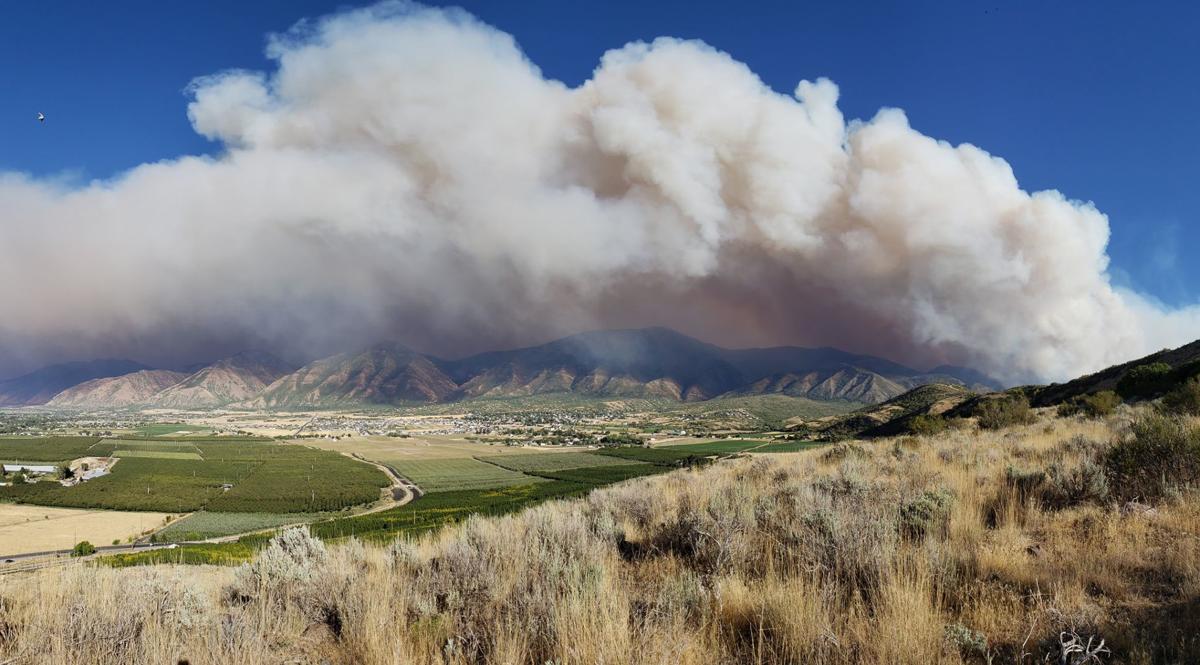Managing the Wildland-Urban Interface (WUI) presents a myriad of challenges, stemming from the intersection of human development and natural landscapes. This complexity requires a multi-faceted approach addressing various aspects:
1. Fire Management and Risk Reduction: The WUI is particularly vulnerable to wildfires. Effective management requires not only firefighting capabilities but also proactive measures like controlled burns, vegetation management, and firebreak creation. The challenge lies in balancing ecological health with fire risk reduction.
2. Urban Planning and Development Control: There's a need for thoughtful urban planning that respects natural boundaries and considers fire risk. This involves strict building codes, use of fire-resistant materials, and strategic placement of new developments. However, enforcing these regulations can be difficult due to economic pressures and the desire for scenic views and proximity to nature.
3. Public Education and Community Engagement: Educating residents about the risks and their role in mitigating them is crucial. This includes understanding fire-safe practices, evacuation plans, and the importance of maintaining defensible space around properties. Achieving consistent community engagement and compliance can be challenging.
4. Biodiversity and Habitat Conservation: The WUI often encompasses areas rich in biodiversity. Managing these areas requires a balance between protecting natural habitats and mitigating wildfire risks. Conservation efforts can sometimes conflict with fire prevention strategies.
5. Climate Change and Increased Fire Activity: Climate change exacerbates the challenges of WUI management by increasing the frequency and intensity of wildfires. Adapting to this changing landscape requires flexible, forward-thinking strategies.
6. Resource Allocation and Funding: Effective WUI management requires significant resources for planning, prevention, and emergency response. Securing adequate funding and prioritizing resource allocation are ongoing challenges, especially in the face of competing needs.
7. Interagency Coordination: Managing the WUI often involves multiple agencies and jurisdictions, necessitating coordinated efforts. This can be complicated by differing priorities, budgets, and operational procedures.
8. Technological Integration and Data Analysis: Utilizing technology for monitoring, predicting, and responding to wildfires is essential. The integration of GIS, remote sensing, and predictive modeling can enhance management but requires expertise and investment.
9. Infrastructure Protection and Resilience: Infrastructure within the WUI, such as power lines, water supplies, and communication networks, must be protected and made resilient to fire. This requires not only physical safeguards but also contingency planning for service disruptions.
10. Legal and Policy Frameworks: Establishing and enforcing laws and policies that support sustainable WUI management is vital. This includes land use policies, environmental regulations, and emergency management laws. The challenge is in creating frameworks that are effective yet flexible enough to adapt to changing conditions.
11. Social and Economic Impacts: Wildfires and management strategies can have significant social and economic impacts on communities, affecting property values, insurance costs, and livelihoods. Balancing the needs of residents with effective management strategies is a delicate task.
12. Health and Safety Concerns: Smoke and other by-products of wildfires pose health risks, particularly to vulnerable populations. Ensuring public health and safety during fire events and in fire-prone areas is a critical but challenging aspect of WUI management.
13. Evacuation Planning and Emergency Response: Developing and executing effective evacuation plans and emergency responses is crucial. This involves not just the logistics of evacuation but also ensuring that emergency services are adequately prepared and resourced.
In summary, managing the Wildland-Urban Interface is a complex endeavor requiring a holistic approach that balances ecological, social, economic, and political factors. It involves proactive risk management, effective planning, and community engagement, all while adapting to the evolving challenges posed by climate change and urban expansion.



Share:
Getting Ready for the Next Solar Eclipse
The 411 on the April 2024 Total Solar Eclipse